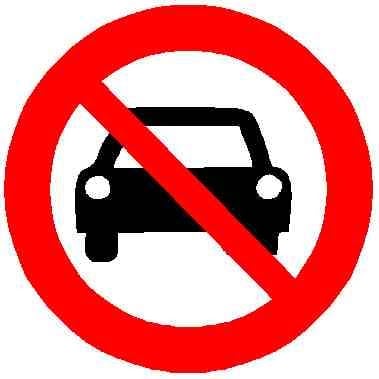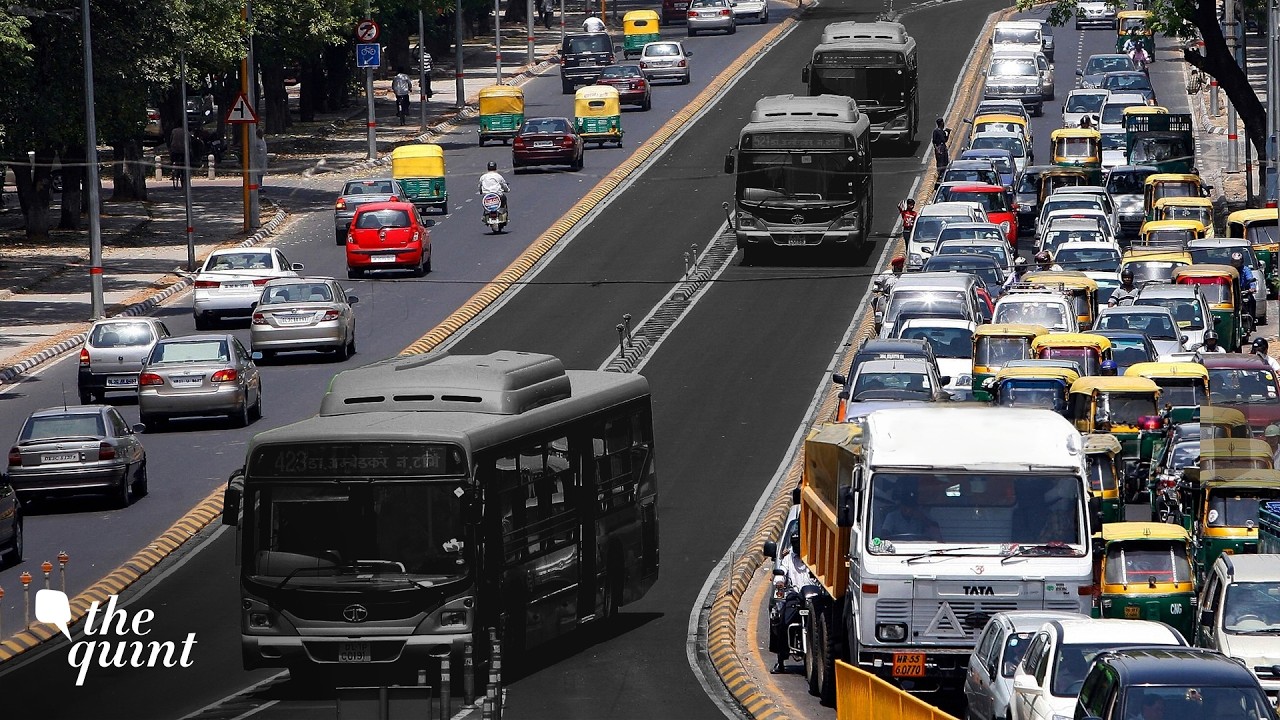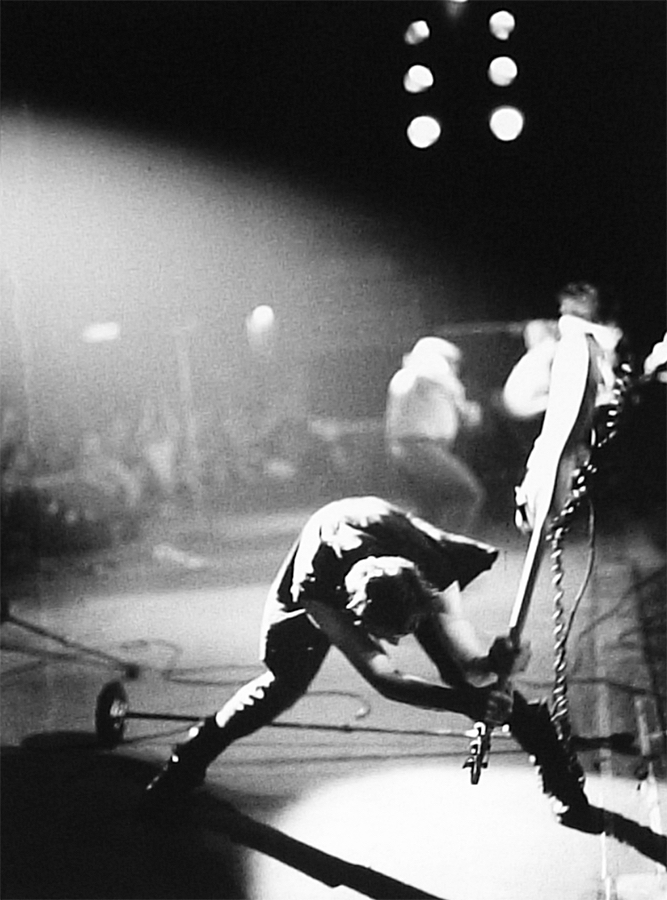Interesting video specifically on the disappointing state of public transport in India. Major takeaways for me:
- Many Indian cities are investing in (expensive and flashy) metros, which are posting disappointing ridership numbers, but
- Most Indian commuters are travelling distances short enough that biking or using rickshaws are quicker
- India’s metros are significantly more expensive for riders than other methods of transport
- Bus fleets in Indian cities aren’t growing, while their populations are expanding rapidly
- Traffic engineers/policymakers suffering from carbrain (sound familiar?)
Interesting watch, I’d say, as a non-Indian who doesn’t see much content about the world’s most populous country posted much
The thing about Indian metros is that nearly half of them are built on very low distances. For example, the Agra Metro(home to the Taj Mahal) currently has a operational distance of 6 km only. Jaipur, another tourist site has ~12 km only.
Cities like Bombay/Mumbai are developing it as an alternative (and much needed there because the suburban trains are creaking there and they are dangerous) but they are yet to reach a sustainable limit. I think Delhi has sorted it. They have covered the whole length and breadth of the city and have nearly 400 km of network length. The ridership numbers are decent there too.
6 KM? I can walk that in less than an hour. Why even have a metro then?
Usually, for political purposes the first phase of a metro is hastily inaugurated whilst subsequent phases often linger long. Agra does have a road map for longer metro lines. How long, it will take, especially with changing state and central governments is anybody’s guess. Unlike China, things are slower in India both for political and logistical reasons(like land acquisition sometimes becomes a stumbling factor in associated railway projects).
Walking 6 km in an Indian city will be a nightmarish ordeal that you will regret trying. I have tried it.
Black busses. In India. For real folks? Paint them white and save $ on AC costs…
Did I hear that right? He took a tuk-tuk to go 200m? That’s… walkable, surely? I’m sure I do that every day on my commute.
The public sentiment is against walking because its unsafe. Most Indian towns/cities have no walking infrastructure, with no road discipline from vehicles, walking or biking is a death trap. Taking a rickshaw even 200m is worth the money because it keeps you alive. And no, this isn’t hyperbole unfortunately.
I spend a fair bit of time in Nepal, so I have a good idea what it’s like there. My point is, it should be walkable.
Agreed. However as the article/video mentions, the public policy for making biking walking possible is severely lacking. I also think the traffic enforcement needs to be very strict. There’s no point making sidewalks to then have motorbikes drive on it.
You have sidewalks in India? In Kathmandu, you mostly walk in the street or the gutter that runs down the side.
They’re building them in many tier 2 cities in India now. But its very patchy. You’ll have good sidewalks for 100m, then nothing for 200m. So pedestrians don’t use them since they can’t be asked to keep getting up & down all the time, dodge hawkers & avoid open manholes/drainage.
Whats the threat? People? Animals? Poisonous insects?
Cars. Probably.
Vehicles.
In a big city a metro is always better than no metro, so congratulations to those Indian cities that have (finally) got their act together on this front.
Last year I spent some time in Pune, a city of 7 million which has been labeled India’s “most livable”, presumably partly on the basis of its new metro. Well. The metro had a single line and was absolutely not at capacity, despite a pretty low train frequency. Perhaps because of the fares, maybe also the full airport-style security at every station. This was not something you can easily hop on and off, as city public transport should really always be.
I visited a number of Indians cities and it was no better anywhere else. Compared with the situation in China, let alone places like Japan and Taiwan, it’s night and day. The quality of life in India is really being held back by the dreadful state of urban infrastructure in general and public transport in particular. There’s been progress but India must do better.




